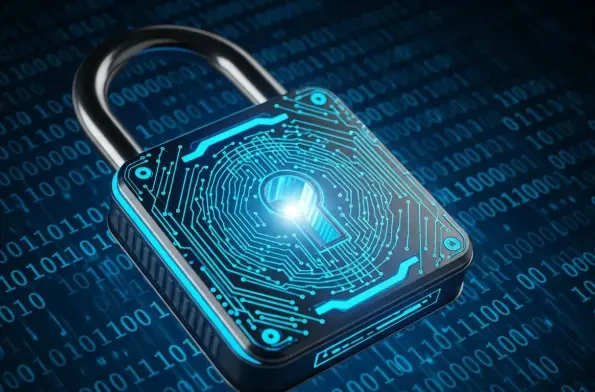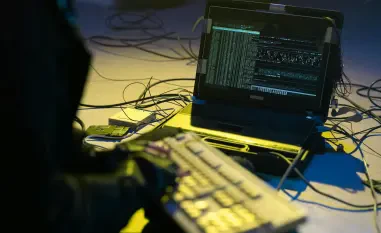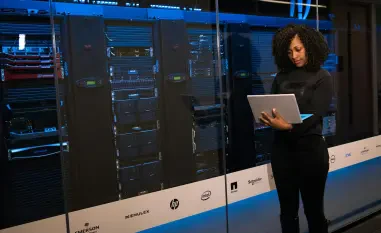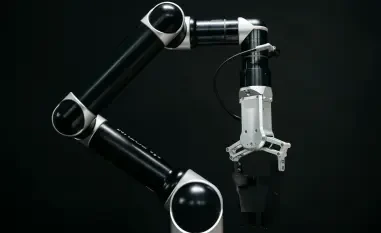As we dive into the world of cybersecurity and building management, I’m thrilled to speak with Malik Haidar, a seasoned expert in combating digital threats and securing multinational corporations. With a deep background in analytics, intelligence, and security, Malik brings a unique perspective on integrating business strategies with cutting-edge cybersecurity solutions. Today, we’ll explore the complexities of modernizing security systems in older buildings, the importance of phased upgrades, and how interoperability transforms operational efficiency. We’ll also touch on real-world examples of successful transitions and the driving forces behind the need for smarter building systems.
How do older buildings struggle with modernizing their security setups, and what specific issues arise from legacy systems?
Older buildings often face significant challenges when it comes to updating security systems because they’re working with technology that’s sometimes decades old. Legacy systems like access control or intrusion detection might still function for basic tasks, such as opening doors, but they become a real bottleneck when you try to integrate modern apps or operational tools. These systems weren’t designed for today’s digital environment, so they lack the flexibility to connect with newer platforms, leading to inefficiencies and even security gaps. It’s not just a technical issue—it’s about the building’s ability to adapt to current safety and operational demands.
Why is taking a phased approach to modernization so critical for buildings with outdated systems?
A phased approach is essential because many of these buildings, like hospitals or transportation hubs, operate around the clock. You can’t just shut down access control to install something new—that would leave the facility vulnerable. By upgrading in stages, you minimize disruption while still moving toward a more secure and efficient system. It also helps manage costs, allowing building managers to prioritize critical updates first, like replacing the core server, while keeping existing hardware in place temporarily. It’s about balancing immediate needs with long-term goals.
Can you elaborate on how interoperability plays a role in making buildings smarter and more efficient?
Interoperability is the backbone of a truly smart building. When systems like time and attendance, visitor management, or even elevator controls can communicate seamlessly with the security platform, you streamline operations and reduce friction. Without it, you’re stuck with silos—disconnected tools that create inefficiencies or vulnerabilities. For instance, if a legacy access control system can’t integrate with other building management tools, you might face delays, higher costs, or even security risks because data isn’t shared in real time. It’s about creating a cohesive ecosystem that works as one.
What are some of the key reasons facility managers feel compelled to upgrade their building systems?
There are several triggers, but compliance often tops the list. New cybersecurity and privacy regulations can render older systems obsolete if they can’t be updated to meet standards, forcing managers to act. Another big factor is when manufacturers discontinue support for legacy systems, leaving buildings without patches or technical help—essentially, a ticking time bomb. Beyond that, the push for efficiency and sustainability also drives upgrades, as managers look to reduce costs and improve safety through smarter technology. These pressures often converge, making modernization non-negotiable.
How does focusing on upgrading the central component of a security system, like an access control server, benefit a building without overhauling everything at once?
Upgrading the “brain” of the system, such as the access control server, is a game-changer because it allows you to unlock new functionalities without replacing all the hardware right away. For example, keeping existing readers and credentials during the initial phase saves significant costs while still enabling integrations with other systems or apps. This kind of upgrade can introduce features like real-time data syncing or remote access management, paving the way for future enhancements. It’s a strategic move that maximizes impact with minimal upfront investment.
Drawing from a real-world example like the hospital in Iceland, what were the major pain points with their outdated security infrastructure?
That hospital, built in the 1930s, was grappling with a patchwork of alarm systems and a heavy reliance on physical keys, which meant constant re-keying costs and no automation. Managing access for 10,000 users with such an old setup was a nightmare—there was no centralized overview, so security staff were bogged down by inefficiencies. It wasn’t just about inconvenience; it posed real risks to safety and operational flow in a high-stakes environment where every second counts.
In that same hospital case, how did the new security system transform their day-to-day operations?
Implementing the new system was a turning point. It centralized control over about 1,000 doors and 10,000 users through a single server network, integrating with their HR database to simplify access rights management. Features like automatic deactivation of credentials for former staff boosted security, while elevator integration ensured staff could only access authorized floors. They even added video doorbells for remote access control to high-security areas. The result was a safer, smarter facility with streamlined operations, all achieved without tearing out the existing infrastructure overnight.
What’s your forecast for the future of building security and management systems as technology continues to evolve?
I believe we’re heading toward an era where building security and management systems will be fully integrated with artificial intelligence and IoT technologies, creating truly adaptive environments. We’ll see systems that not only react to threats but predict them using data analytics, while interoperability becomes non-negotiable for scalability. The focus will shift even more toward cybersecurity as buildings become more connected, ensuring that digital threats don’t undermine physical safety. It’s an exciting time, but it will demand a mindset of continuous evolution rather than one-and-done solutions.













